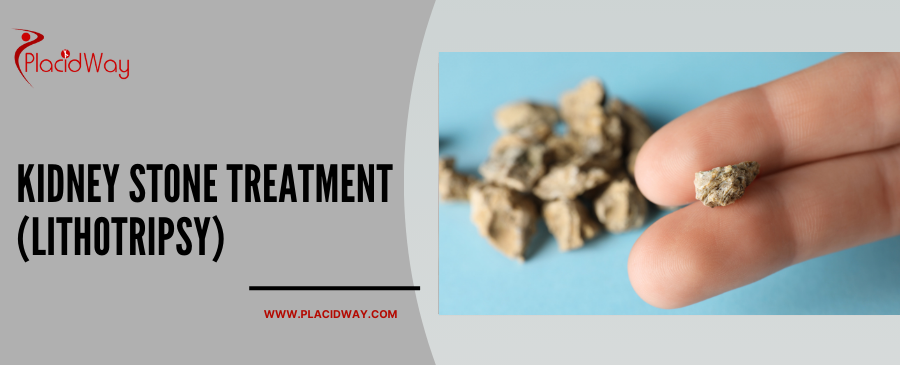Kidney Stone Treatment (Lithotripsy)
Urology
Modified Date: 2024-12-09

Overview
Lithotripsy is a non-surgical and non-invasive procedure to treat kidney stones, gallbladder stones, or stones found in the urinary bladder or ureters and even the liver. If you've ever experienced the pain of such blockages, you should know about this procedure. Lithotripsy is considered one of the safest and most effective methods of treating kidney stones, whether they're formed by a buildup of calcium or sodium deposits. Each has the potential to block passageways and cause mild to extreme pain.
The lithotripsy procedure effectively disintegrates/dissolves/fragments kidney or gallbladder stones through shock wave therapy, reducing pain and allow adequate excretion of urine out of the body. Fragmenting calcium, stones, sodium deposits or stones such as gall stones enables them to pass through the bile duct (in the case the gallbladder; ureters in the case of kidney stones), and then to be excreted out of the body in the urine flow.
The procedure has been used since the early 1980s, and today is the primary treatment for a variety of calcifications or stones found in digestive and urinary organs in the body.
How Lithotripsy Works
A device called a lithotripter utilizes a high-intensity acoustic pulse to fragment or destroy the stone with minimal damage to surrounding tissues. First, the patient is placed on a bed (the procedure is nearly painless and can nearly always be performed when patient is awake). The stone is located through the use of fluoroscopic or ultrasound imaging. An acoustic pulse is then generated within the device, which emits shock waves aimed at the stone’s position. The frequency of gap pulses depend on the location and size of the stone, as well as pain tolerance of the patient.
Lithotripsy may be more painful for patients if stone is located near a bone (such as a rib in the case of a kidney stone), as the pulses often reverberate off bone, which cause mild resonance that the patient can feel. It’s not severe pain, more like getting flicked with a finger. In some cases, a patient may be sedated when higher pulse frequencies are desired, such as 120 pulses or shocks a minute, which can grate on a patient’s nerves.
Benefits of Lithotripsy
A lithotripsy is a noninvasive procedure that treats all kinds of stones, and in many cases, kidney stones specifically. Shock waves or ultrasonic energy (the therapy is called extracorporeal shock wave lithotripsy, or ESWL) are directed over the stone location after undergoing the above- mentioned fluoroscopy or ultrasound.
Cost of Lithotripsy Procedure
Cost of a lithotripsy procedure in the U.S. depends on the type of stone being treated, it’s size and location. Because it’s so specialized, a lithotripsy procedure in the U.S. can cost an average of $17,000, though you can find some for about $5,000, depending on the size of the stone. In India, you can receive the same procedure for about $1,300 and in Singapore for about $2,650.
Patients who opt for lithotripsy should be aware that there is an approximately fifty-percent chance that stones will reappear within five years.
Finding a Surgeon
An urologist is a doctor who has specialized in training in branches of surgery to the kidneys, bladder, or urethra, male reproductive organs or pelvic surgery. Choose a surgeon who has undergone basic and comprehensive education in general surgery, who then undergoes additional training in urology, a surgical subspecialty. He or she should be approved to practice in accredited healthcare facilities or hospitals. Specialists should be experienced and knowledgeable regarding specific conditions.
